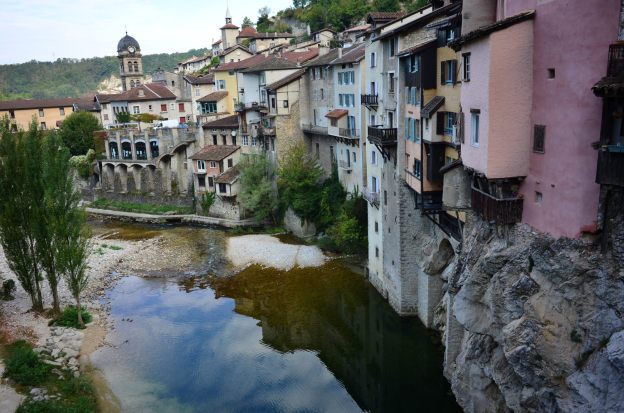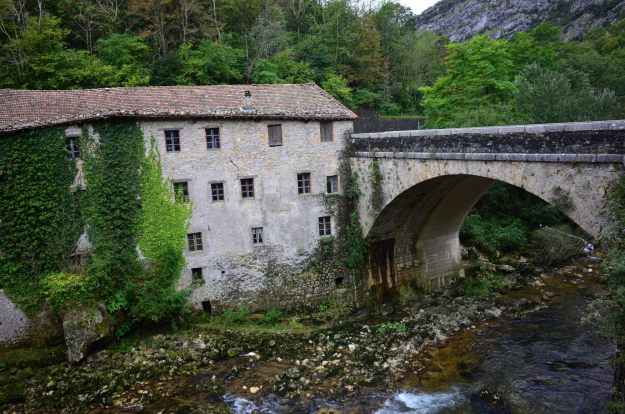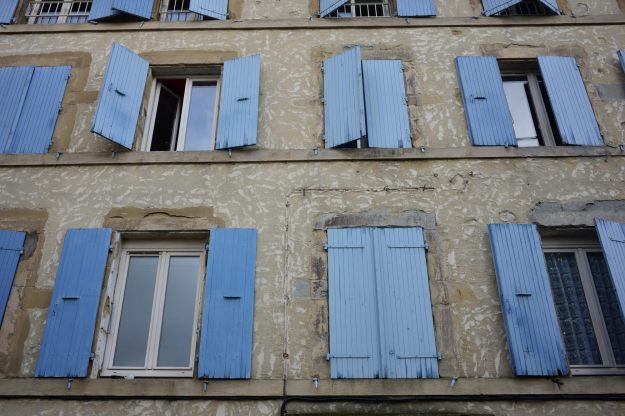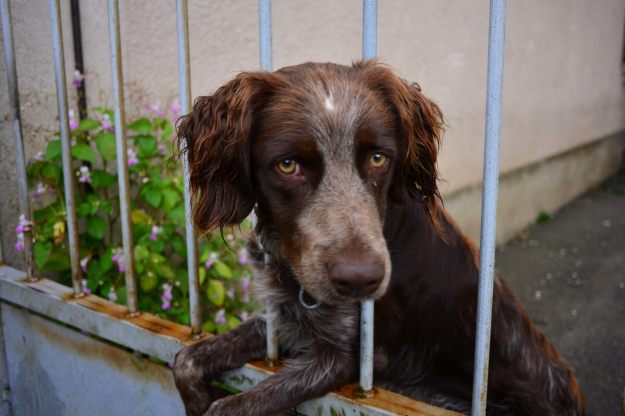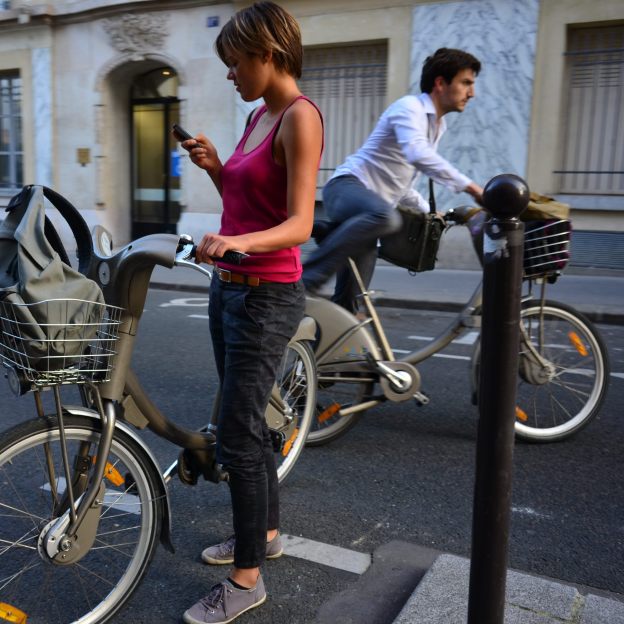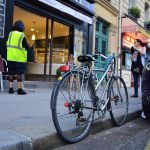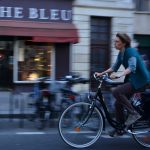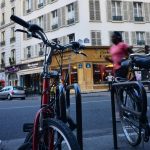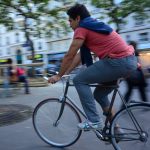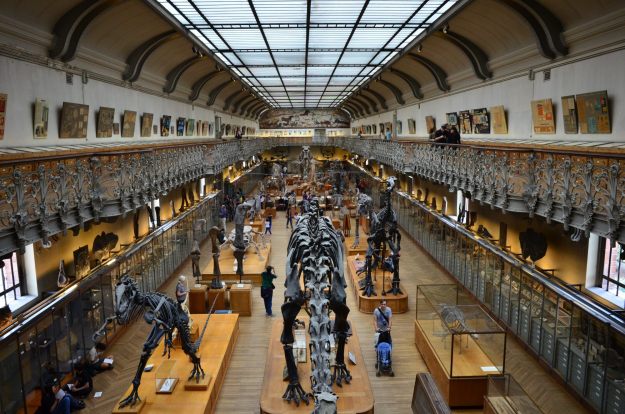Or – how to succeed in the French Alps without really trying.
So, my understanding is that the Vercors is part of the French Alps, but not the nasty pointy part, more the gentle but still spectacular part. We were based in St Jean en Royans, under the expert guidance of Teresa Harte and her husband, former pro cyclist Roger Dunne. They run a place called – wait for it – Velo Vercors. Teresa has written about the region for the website Freewheeling France here.
So yes, we’ve now cycled the French Alps, where Le Tour sometimes goes and all that stuff, but we haven’t been gritting the teeth and telling our legs to shut up; really it seems more like we’ve had a lovely sightseeing tour and done some Cols with lots of oo-la-la French stuff thrown in along the way.
The nice thing about where we were based is that you can do a flat ride of 10-100km, or a hilly ride of 25-200km, climbing 500m or 3000m as the mood or conditions dictate. The roads are good, the motorists considerate, and the grades pretty gentle. It’s possible to stick to the valley floors if you don’t want to climb at all, or head into the mountains if you want to get serious.
Coming from my home town town of Adelaide in South Australia, what struck me was just how consistent these climbs and descents were. One day we did a climb that was pretty much a nice 5-7% that went on and on for 20km. At home I’m used to pinches and sneaky false flats – this was far more a case of settling in to an easy rhythm and up you go. And a 20km descent – what’s that all about? I’ll take as many of those as I can get.
One bit of the trip was particularly spectacular – the descent of Col de Machine and Le Combe Laval – Europe’s largest gorge. They dig little tunnels into the side of the hills and at any moment you expect to see James Bond fanging through in an Aston Martin.
It’s not just about the cycling of course – so much is to do with the French way of life. These hills have been settled for a long time, and the water long harnessed for agriculture and to power small mills. There are a lot of churches and abbeys.
The food is excellent and cheap (by Australian standards). Maybe there is bad food somewhere in France, but we haven’t found it yet. There is certainly no shortage of houses with French blue shutters and friendly dogs.
